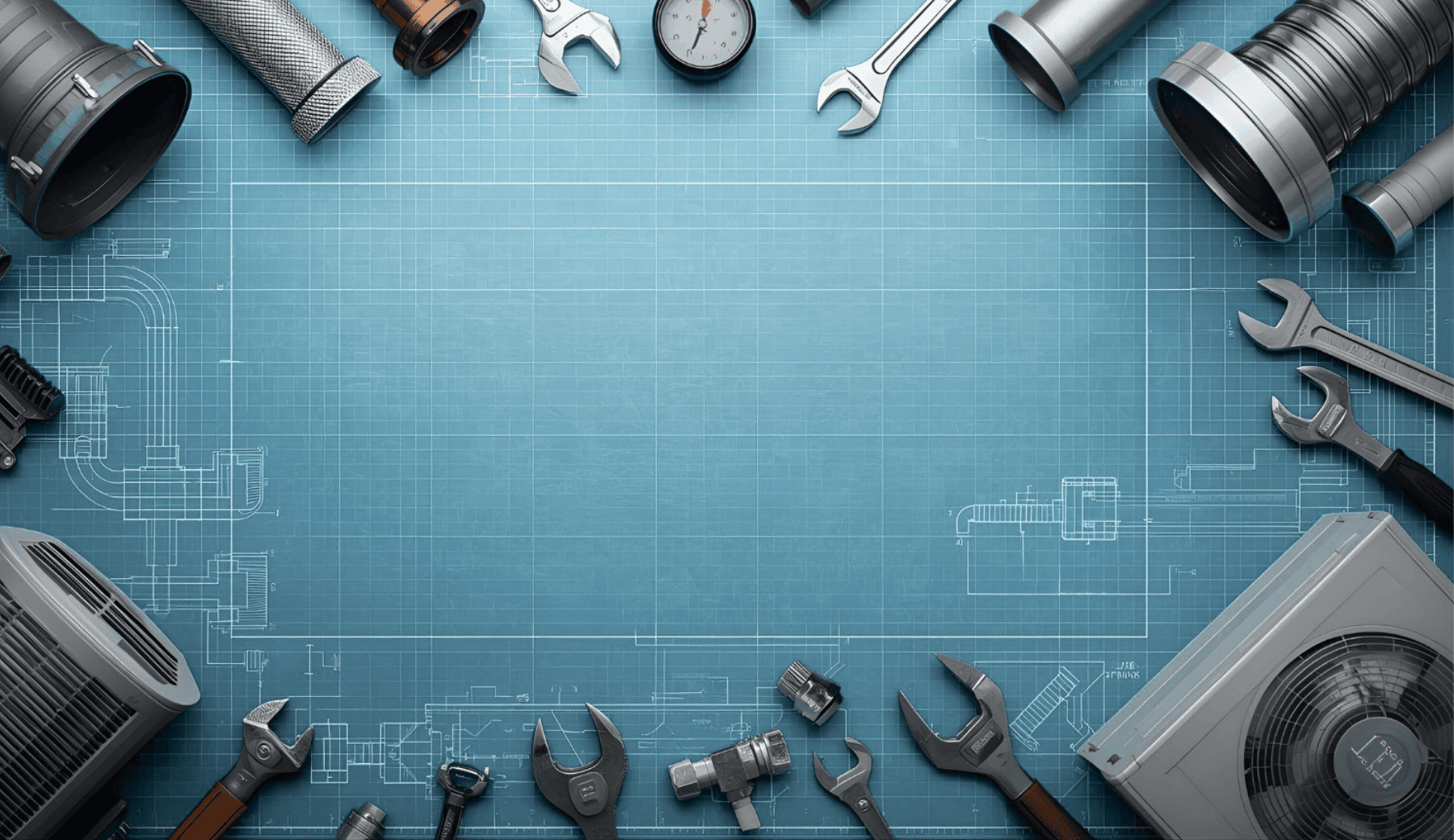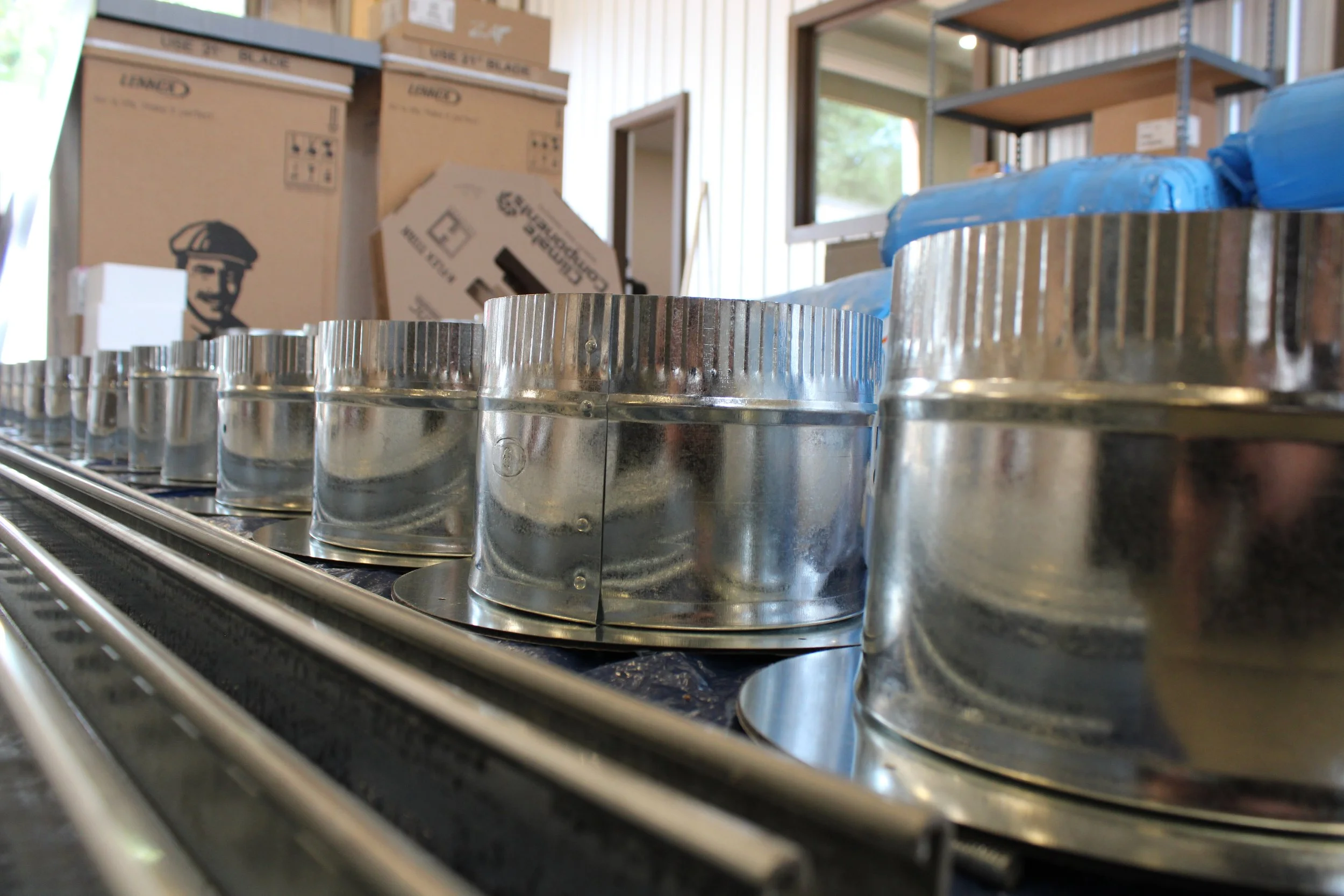
ZAP Knowledge Center
Cooling Problems & AC Troubleshooting Guide
When your AC stops keeping up with North Georgia heat, it’s more than just uncomfortable—it can be stressful and expensive if you’re not sure what’s causing the issue. From warm air at the vents to frozen lines, nonstop runtimes, unusual noises, and weak airflow, many cooling problems share similar root causes. This guide breaks down the most common AC issues homeowners face, what they typically mean, and when it’s time to call a professional instead of guessing.
-
Common causes are low refrigerant, dirty coils, airflow problems, or a failed component.
-
Usually low airflow. Metering device or low refrigerant. It needs to be corrected quickly.
-
A clogged drain line or dirty coil is usually the problem.
-
It could be a heat load issue, duct problems, or an aging, inefficient system.
-
Heat pumps deliver warm but not hot air. If it is truly cold air, something is wrong.
-
That is dust burning off the heat exchanger. It should clear quickly.
-
On very cold days or if the system is struggling, the backup heat strips will come on.
-
That can be mold, dirty coils, dirty ducts, or a drainage problem.
-
Usually from overheating due to low airflow, oversized, a bad sensor, or a control issue.
-
Your system is not removing enough moisture – often due to design, sizing, airflow, or coil problems.
-
Most homes stay comfortable around 74–76 degrees. Lower settings make the system work much harder.
-
The thermostat may be in a bad location, on an outside wall, or affected by drafts.
-
A simple digital thermostat works for most homes. Smart thermostats are great if you use their features correctly.
-
It can be a low-voltage issue, tripped float switch, bad transformer, or loose wiring.
-
It depends on the application and your needs. AUTO keeps the home in a certain range. ON can help even out temperatures but can raise humidity.
-
AUX heat is the backup electric heat that comes on when the heat pump needs help.
-
They can if you actually use scheduling and temperature setbacks. They do not fix duct or sizing problems.
-
Yes. Raising it 2–4 degrees when you are away can save energy without being hard on the system.
-
Often because the system is improperly designed, oversized, the airflow is too high, or the coil is not staying cold long enough.
-
Emergency heat means the heat pump is not working correctly and the system is running on backup heat only.




